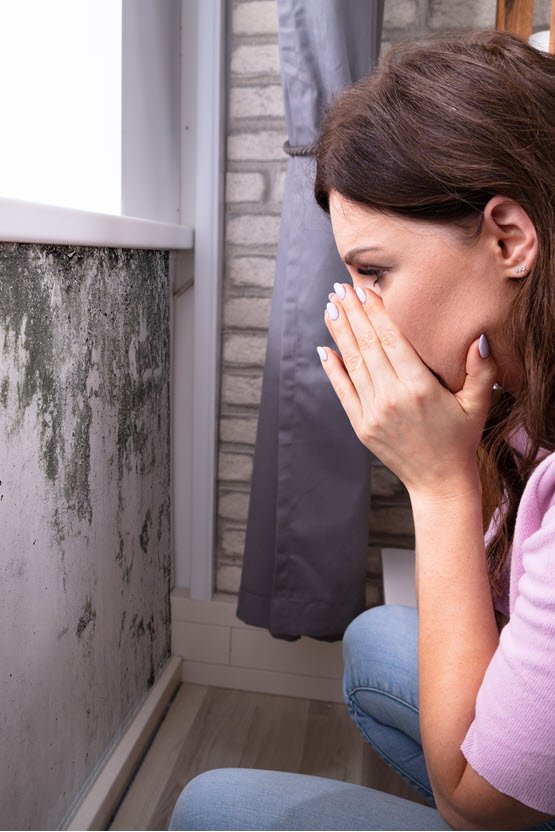
It's a horrible feeling
What is mold remediation?
How is it different than mold damage restoration?
What are the benefits, and what things do you need to be careful of?
Mold remediation is a more extensive process than mold damage restoration, as it involves not only removing the visible mold but also addressing the underlying cause of mold growth.
Mold remediation aims to eliminate mold and prevent future growth permanently
The main difference between mold remediation and mold damage restoration is that remediation focuses on the root cause of mold growth, whereas restoration focuses on restoring the building to its pre-mold condition.
The benefits of mold remediation include:
Improved indoor air quality
Mold can release spores into the air, which can cause respiratory problems and other health issues. Removing mold can improve indoor air quality and help prevent health problems
Structural integrity
If left untreated, mold can cause structural damage to a building. Mold remediation can prevent further damage and restore the structural integrity of the building
Prevention of future mold growth
Mold remediation not only removes existing mold but also prevents future mold growth by addressing the underlying cause of the mold growth, such as moisture or humidity issues
When performing mold remediation, there are several things to be careful of:
*By clicking "Submit", you agree to Restore More Terms of Use and Privacy Policy. You consent to receive phone calls and SMS messages from Restore More to provide updates on your order and/or for marketing purposes. Message frequency depends on your activity. You may opt-out by texting "STOP". Message and data rates may apply.
Testimonials
-
Safety: Safety should be the top priority when dealing with mold. Protective equipment, such as gloves, masks, and goggles, should be worn at all times.
-
Proper equipment: Specialized equipment, such as air scrubbers, HEPA vacuums, and dehumidifiers, should be used to properly remove mold and prevent future growth.
-
Addressing the cause: Mold will continue to grow unless the underlying cause of the mold growth is addressed. This could involve fixing leaks, improving ventilation, or reducing humidity levels.
-
Thorough cleaning: Mold can grow in hidden or hard-to-reach areas, so it is important to thoroughly clean all affected areas, including walls, floors, and ceilings.
-
Proper disposal: Mold-infected materials, such as drywall or insulation, should be properly disposed of according to local regulations.
-
Verification: After mold remediation is complete, verification should be performed to ensure that all mold has been removed and the area is safe for occupancy.
-
Trained professionals: Mold remediation should be performed by trained professionals who have experience in dealing with mold and know how to properly remove and remediate it. DIY mold removal can be dangerous and can actually make the problem worse if not done correctly.
If you have questions or need immediate help, please call us at 484-699-2837 (24/7) or use the contact us form here
